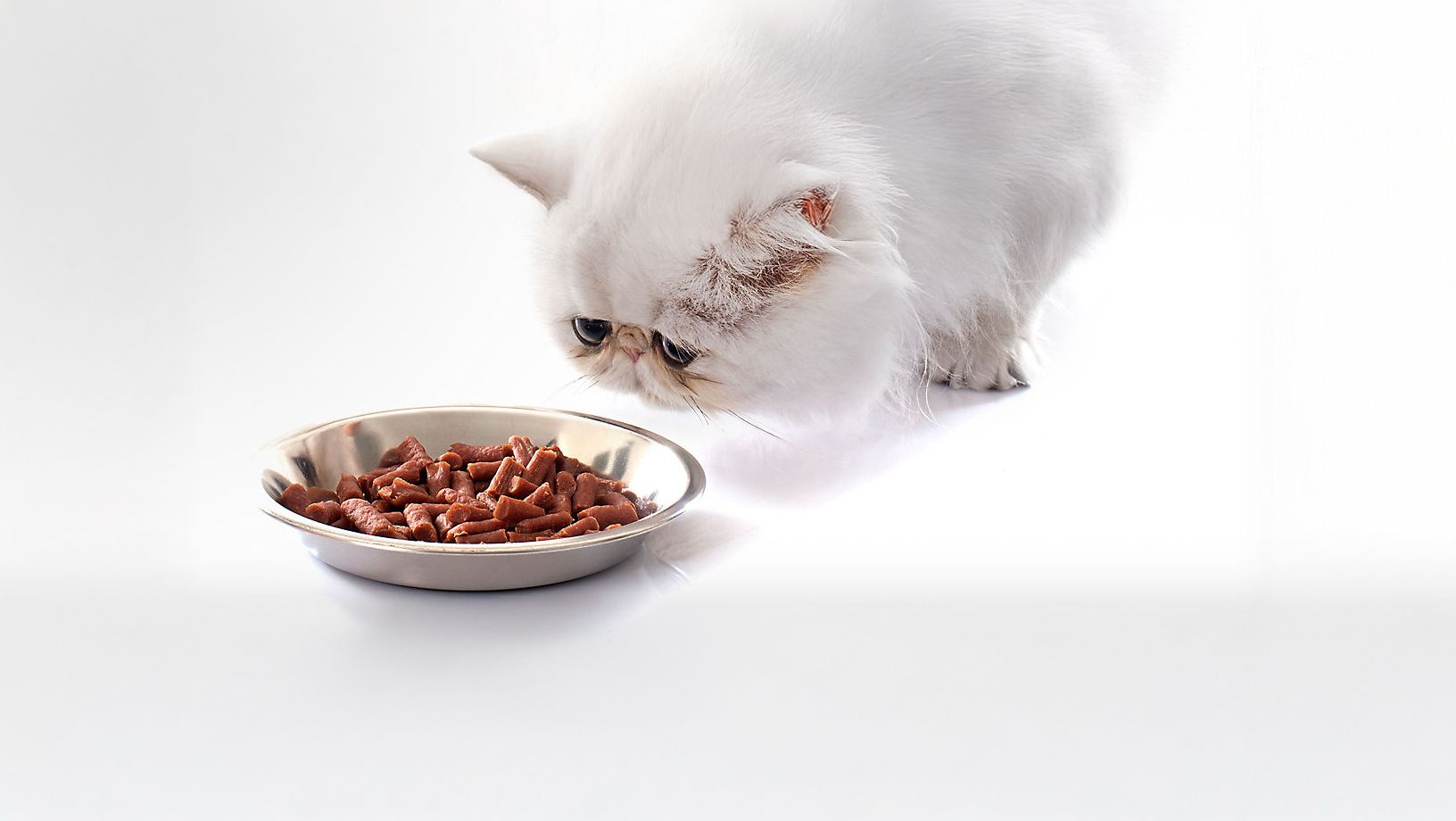Getting Your Finicky Cat to Eat

Rule out serious health problems
If your cat isn’t interested in dinner (or breakfast, or even a snack), and you can’t figure out why, it’s time for a visit to the vet. Expect your cat’s doctor to ask about weight loss, vomiting and diarrhea in order to discover whether kidney, liver or pancreas problems might be causing your pet to boycott the bowl. Also on the agenda: Ruling out dental problems that might be making it tough for your cat to chew.
Assuming Kitty gets a clean bill of health, then it’s time to consider what else might be causing the problem.
Look at your own behavior
Sometimes, cat owners inadvertently contribute to their pets’ bad eating habits. Cats who are fed from the table may start turning up their nose at their own food because people food tastes better. Feeding cats between-meal treats (even treats made for cats) might also make their meals seem less tasty by comparison.
Helping your finicky feline
Try these strategies to get your kitty to eat:
- Establish regular mealtimes for your cat, and stick to that schedule.
- Praise your pet for eating.
- After 30 minutes, take away any uneaten food. Don’t offer your cat a morsel more until the next mealtime.
- Look for cat foods with labels that say “taste” or “flavor.” Some manufacturers use scientific studies and vet advice to make their foods more appealing to picky kitties.
- If you feed your cat kibble, consider switching to wet cat food. Some cats prefer it.
- No more people food. Seriously.
Pets’ nutritional needs can change as they age or if they develop certain health conditions. Here’s how to switch your cat’s diet.
Need other cat supplies? PetSmart also carries cat food, cat litter, litter boxes, cat toys, cat beds & furniture, cat flea & tick treatments and much more. Explore PetSmart’s Cat Shop to find everything your cat needs, all in one place.
PetSmart offers convenient shopping with Curbside Pickup or in-store pickup. Need something today? We have select items available for Same-Day Delivery in most areas powered by DoorDash. For items you purchase frequently, PetSmart has Autoship that automatically delivers the items you want to your door as often as you’d like. Check the website to see which items are eligible.
Information in this article is not intended to diagnose, treat or cure your pet and is not a substitute for veterinary care provided by a licensed veterinarian. For any medical or health-related advice concerning the care and treatment of your pet, contact your veterinarian.